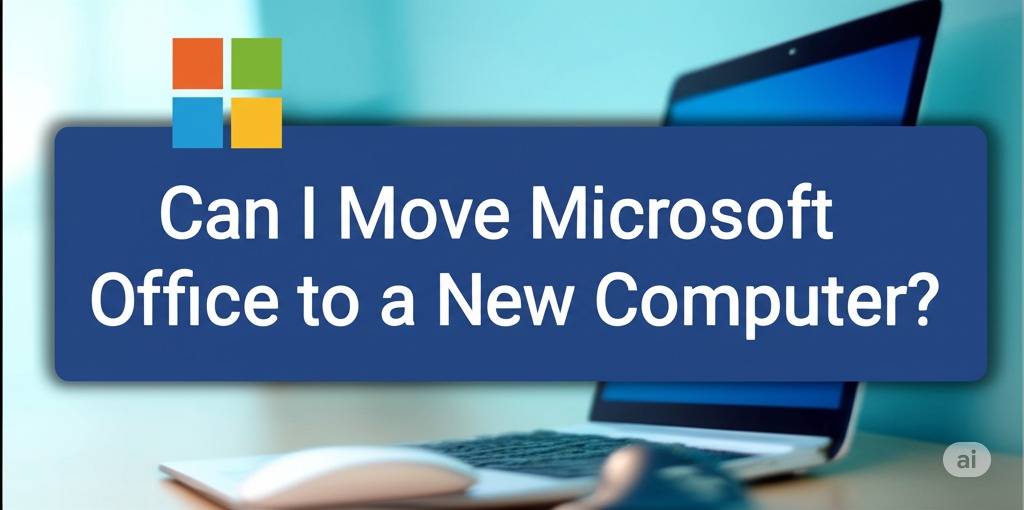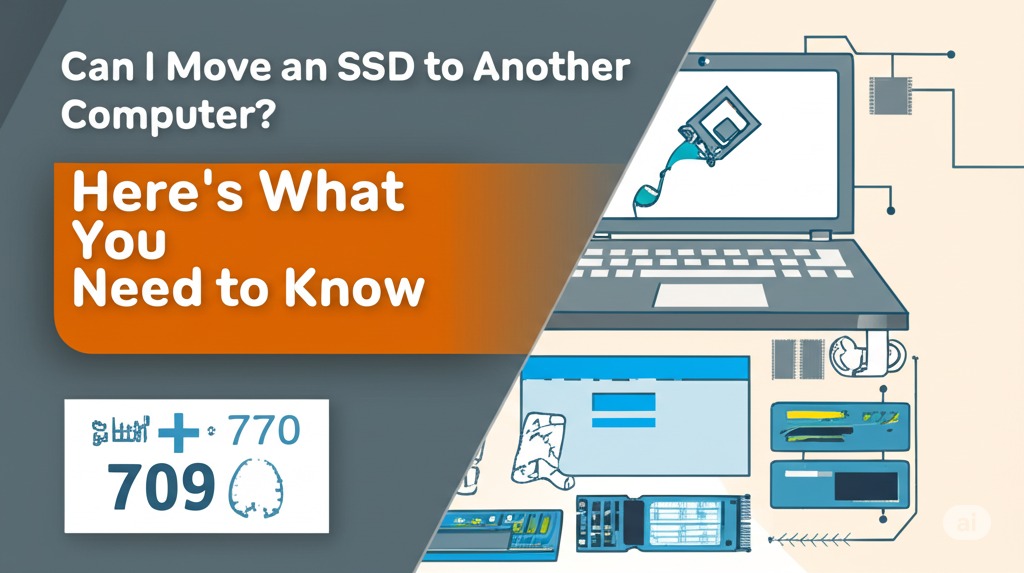Introduction
With the increasing amount of time people spend on digital screens, eye strain and discomfort have become common concerns. Many individuals seek eyewear solutions to enhance comfort and protect their vision. This often leads to a common question: Are computer glasses the same as reading glasses? While both types of glasses serve to improve vision, they are designed for different purposes. This article will explore the differences between computer glasses and reading glasses, their benefits, and how to choose the right one for your needs.
What Are Computer Glasses?
Computer glasses are specially designed to reduce digital eye strain and improve visual comfort while looking at screens for extended periods. They come with features tailored to the specific needs of computer users, such as:
- Anti-reflective (AR) coatings to minimize glare from digital screens.
- Blue light filtering to reduce exposure to high-energy visible (HEV) light emitted by screens.
- Intermediate-distance lenses optimized for the typical viewing distance of a computer (around 20-26 inches from the eyes).
- Slight magnification to help reduce strain when reading small digital text.
These glasses are beneficial for individuals who spend long hours on computers, smartphones, or tablets, as they can help alleviate symptoms such as eye fatigue, headaches, and dry eyes.
What Are Reading Glasses?
Reading glasses, on the other hand, are designed to help people with presbyopia, an age-related condition that affects near vision. Their key characteristics include:
- Single-vision lenses that provide magnification for close-up tasks like reading books, newspapers, or menus.
- Stronger lens power compared to computer glasses, making them ideal for focusing on objects within a short distance (around 12-18 inches from the eyes).
- No blue light filtering or anti-glare coatings unless specifically designed for digital reading.
Reading glasses are commonly used by individuals over the age of 40 who experience difficulty focusing on close-up text.
Key Differences Between Computer Glasses and Reading Glasses
While both types of eyewear aid vision, their differences are significant:
| Feature | Computer Glasses | Reading Glasses |
|---|---|---|
| Purpose | Reduce digital eye strain | Assist with close-up vision |
| Lens Type | Anti-glare, blue light filtering, slight magnification | Single-vision magnification |
| Viewing Distance | Intermediate (20-26 inches) | Close-up (12-18 inches) |
| Best For | Computer, tablet, smartphone use | Reading books, newspapers, small print |
| Blue Light Filter | Yes (in most cases) | No (unless specifically designed for screens) |
Do You Need Both Computer and Reading Glasses?
The necessity for both types of glasses depends on your vision needs and lifestyle. Some scenarios where you might need both include:
- You work on a computer and also read printed materials frequently.
- You experience eye strain when using screens and blurry vision while reading books.
- You have presbyopia but also spend long hours on digital devices.
For those who require both functions, progressive lenses or bifocal/multifocal glasses can be an efficient solution, combining different lens powers in a single frame.
How to Choose the Right Glasses for You
When deciding between computer glasses and reading glasses, consider the following factors:
- Your primary activity: If you spend long hours on a screen, computer glasses are essential. If you struggle with reading small text, reading glasses are the better choice.
- Eye strain symptoms: Frequent headaches, dry eyes, and blurry vision while using a screen may indicate a need for computer glasses.
- Prescription needs: If you have an existing prescription, consult an optometrist to determine the best lens type.
- Multifunctional options: If you need both computer and reading glasses, progressive lenses or customized multifocal glasses might be a practical choice.
Conclusion
While computer glasses and reading glasses might look similar, their functionality and purpose differ significantly. Computer glasses are optimized for screen use, reducing glare and blue light exposure, whereas reading glasses are designed to enhance near vision. Understanding these differences will help you make an informed decision based on your lifestyle and vision needs.
If you spend significant time on screens and experience discomfort, consider investing in high-quality computer glasses. For those struggling with close-up reading, a pair of reading glasses will be beneficial. When in doubt, consult an eye care professional to determine the best solution for your vision requirements.

Caleb Carlson is a contributing writer at Computer Site Engineering, specializing in computer technology, software trends, and hardware innovations. His articles simplify complex tech topics, making them accessible to readers of all levels.





